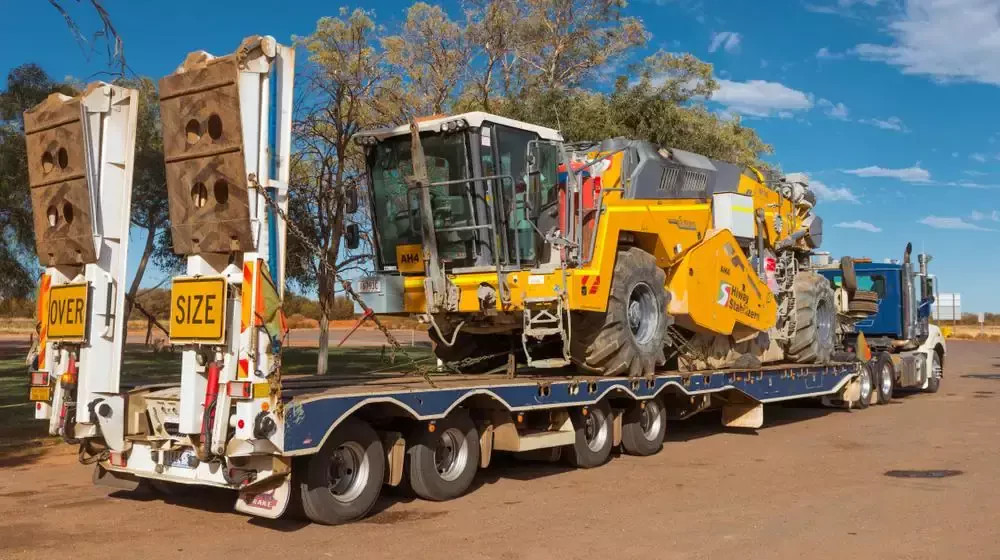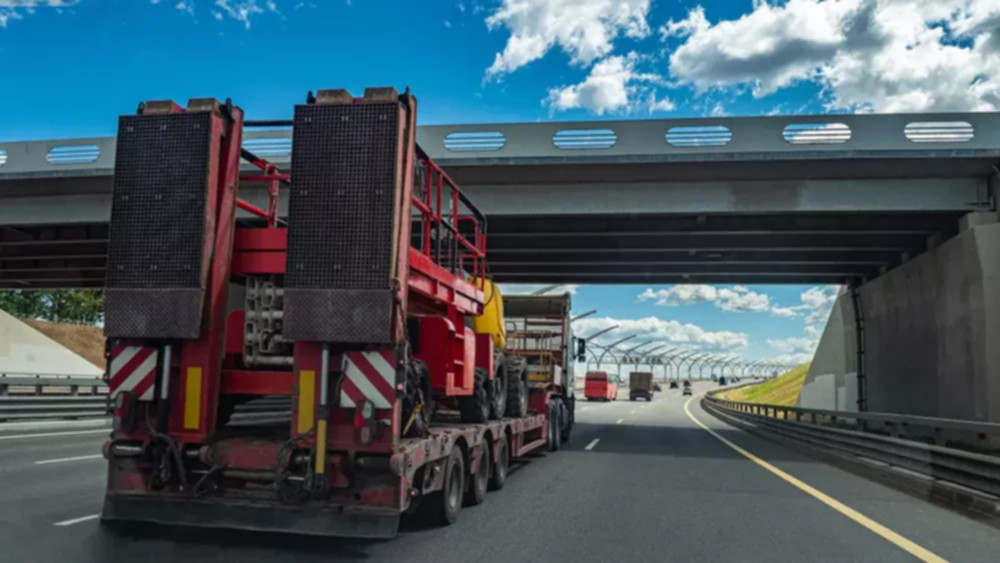
When it comes to moving large industrial machinery or oversized equipment, the process can be far more complex than standard freight shipping. The logistics involved require specialized knowledge, equipment, and compliance with strict regulations. For those seeking reliable and professional services, resources like https://oversizedequipmenttransportation.com/ provide valuable information and solutions tailored specifically to this niche transportation need.
What Is Oversized Equipment Transportation?
Oversized equipment transportation involves the movement of machinery or goods that exceed the standard legal dimensions and weight limits set for road travel. This category can include everything from construction equipment like bulldozers and cranes, agricultural machinery such as tractors and combines, to industrial items like generators and large manufacturing components.
Because these loads are larger or heavier than typical cargo, they cannot be transported using regular freight methods. Oversized transportation requires specialized trailers, permits, route planning, and often escort vehicles to ensure safe and compliant movement.
Why Oversized Equipment Transportation Is Challenging
Transporting oversized equipment presents several unique challenges:
- Legal Restrictions and Permitting: Every state and country has specific regulations concerning the maximum allowable width, height, length, and weight of transported loads. Oversized shipments usually require special permits that must be obtained in advance. These permits specify the routes that can be taken, travel times (often limited to daylight hours), and any escort requirements.
- Route Planning and Clearance Issues: Because oversized equipment can’t travel on all roads, thorough route planning is critical. Transporters must identify potential obstacles like low bridges, narrow lanes, sharp turns, or road construction that could impede the shipment. In some cases, detours or even temporary removal of obstacles (such as traffic signs or power lines) might be necessary.
- Safety Concerns: Large loads pose safety risks to the transport team and the general public. They can obstruct other vehicles, have wider turning radii, and require slow and careful maneuvering. Escort vehicles and warning signs are usually part of the safety protocol to alert other drivers.
- Specialized Equipment: Oversized equipment often requires the use of specialized trailers such as lowboys, extendable flatbeds, or modular multi-axle trailers designed to handle heavy and bulky cargo. Securing the equipment properly is essential to prevent shifting or damage during transit.

Best Practices for Oversized Equipment Transportation
To ensure a smooth and safe transport of oversized equipment, the following best practices are essential:
- Partner With Experienced Transporters: Companies specializing in oversized equipment transport have the expertise and equipment to manage the complexities involved. They understand regulatory requirements, have established relationships with permitting authorities, and possess the right fleet for any type of cargo.
- Advance Planning and Coordination: Early coordination with permitting agencies, local authorities, and clients helps prevent delays. Planning includes route surveys, timing considerations, and contingency plans in case of unexpected obstacles.
- Proper Equipment Handling and Securing: Using appropriate rigging and securing methods minimizes the risk of equipment damage. Professionals know how to distribute weight evenly and use tie-downs and braces effectively.
- Communication and Monitoring: Maintaining constant communication between the transport team, escort vehicles, and clients helps address any issues quickly. GPS tracking and real-time updates improve transparency and safety.
Common Types of Oversized Equipment Transported
Some of the most commonly transported oversized equipment includes:
- Construction machinery: excavators, bulldozers, cranes
- Agricultural machinery: combines, tractors, sprayers
- Industrial equipment: turbines, boilers, generators
- Modular buildings or prefabricated structures
- Large pipes and structural steel components
Why Choose Professional Oversized Equipment Transportation Services?
Hiring a professional transporter not only ensures compliance with legal requirements but also provides peace of mind that your equipment will arrive safely and on time. These companies offer expertise that goes beyond mere transportation they provide consultation, logistics planning, and support throughout the entire process.

Final Thoughts
Oversized equipment transportation is a critical service that supports various industries, from construction to agriculture and manufacturing. The complexities and challenges involved require specialized knowledge and resources to handle safely and efficiently. Whether you’re moving a single piece of heavy machinery or an entire fleet of oversized assets, partnering with experienced professionals can make all the difference.


